Ever walked into a shop, picked up a Lone Peak with one hand and a Speedgoat in the other, and felt genuinely stuck?
You’re in good company.
Altra and Hoka are giants for a reason, but their approaches couldn’t be further apart.
Here’s how it shakes out in the real world.
Altra is the go-to for long-term foot health. Their zero-drop design and wide toe box let your feet work naturally—your toes spread out, your Achilles gets involved, and you load your body like you’re meant to. There’s an adjustment period, but if you stick with it, your feet and legs strengthen for the long run.
Hoka is all about instant comfort, even if it means compromise. The plush foam and snug fit feel great at first step, especially if you’re tired or sore. But too much cushioning does the work for your muscles and squishes your toes, which can lead to weak feet over time.
In short, Altra builds healthy feet. Hoka puts comfort first. The choice is simple: durability for your body, or a cloud-like ride today. I think it’s obvious now which I would choose. :S
Altra Key Models
| Model | Stack Height | Best For | Key Features | Prices |
|---|---|---|---|---|
| Lone Peak | 25mm | All-round trail running, ultras, hiking | Wide toe box, zero-drop, balanced feel | Check Amazon |
| Olympus | 33mm | Long-distance trail, ultras, max cushion | Plush midsole, roomy fit, durable outsole | Check Amazon |
| Superior | 21mm | Technical trails, short & fast workouts | Lightweight, flexible, ground feel | Check Amazon |
| Timp | 29mm | Mixed terrain, longer runs, extra grip | Firmer ride, Vibram outsole, secure fit | Check Amazon |
| Escalante | 24mm | Road running, tempo, everyday comfort | Springy, flexible, natural movement | Check Amazon |
| Torin | 30mm | High-mileage road, recovery, soft ride | Plush midsole, natural fit, long comfort | Check Amazon |
Hoka Key Models
| Model | Heel Stack | Forefoot Stack | Best For | Key Features | Prices |
|---|---|---|---|---|---|
| Bondi | 43 mm | 38 mm | Road running, recovery, max comfort | Extreme cushion, supercritical midsole, plush | Check Amazon |
| Clifton | 42 mm | 34 mm | Daily trainer, long road runs | High stack, plush ride, versatile | Check Amazon |
| Speedgoat | 40 mm | 35 mm | Technical trails, ultras, and grip on rough ground | Aggressive outsole, plush, snug fit | Check Amazon |
| Arahi | 37 mm | 32 mm | Road running, stability, overpronation | J-Frame support, cushioned, stable | Check Amazon |
| Mach | 37 mm | 32 mm | Tempos, racing, responsive road runs | Fast, light, responsive, supercritical foam | Check Amazon |
Altra = wide toe box, natural fit, but check the heel. It’s comfortable if you need space or have bunions.
The heel on some Altras can sometimes feel sloppy, so it’s worth trying different lacing techniques to get a perfect lockdown.
The midfoot can be narrow for some, so the wide options for the Lone Peak and Torin are a lifesaver for some.
Which Altra Shoe is for you?
Take a quick 4-question quiz to identify the perfect Altra running shoe for your feet! You'll get both road and trail options based on your answers!
Hoka = classic fit, sometimes tight. They’re average to narrow, especially in the trail lineup. If you’ve got broad feet, look for wide versions—many new models have them.
Most models have a structured heel, meaning the lockdown is optimal for most, but can be uncomfortable for some.
Size up if you’re unsure. Some models can run short. Some models can run long. Check out my reviews on Altras to see what size you should wear in specific models.
Altra serves up a natural ground feel that engages your whole foot. The zero-drop design changes your mechanics—you must land and push off from a more neutral position. This makes your calves and Achilles work, especially early on, but that’s the point. The wide toe box lets your toes splay, stabilizing you better on uneven surfaces. On technical trails, this extra control is noticeable. You actually feel your toes engaging, not just coasting along for the ride.
Every Altra trail model performs differently, but the DNA is consistent. With the Superiors and Lone Peaks, you get solid feedback from the ground and a flexible ride, meaning you’re quick on your feet for technical sections on the trail. The Olympus and Timp are softer underfoot and thicker underfoot, which mutes trail features—good for some situations, but not for others.
Altra’s on-the-road rewards efficient runners. The Escalante encourages a midfoot or forefoot strike. Runs feel agile and engaged. If you have the mechanics, you get a snappy and responsive ride—almost minimalist, but with enough cushion to avoid beating up your joints.
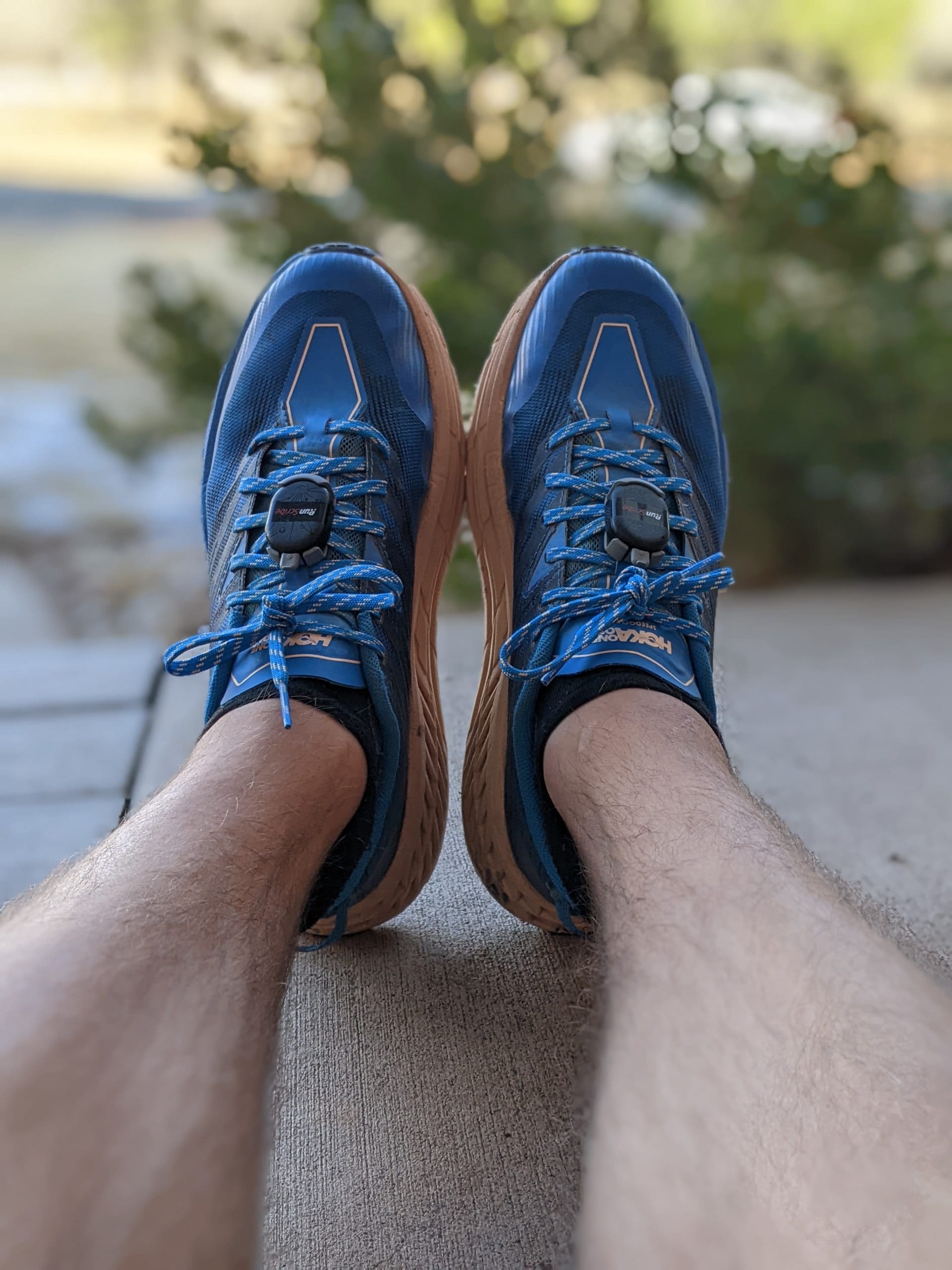
Hoka is built for long-haul comfort in the short term. That massive cushion and pronounced rocker smooth out road miles and dull trail chatter. Landing feels soft, transitions are easy, and fatigue creeps in more slowly on long days. This works well in the short term when you’re logging high mileage, but over time, it can cause your feet and legs to become less engaged, leading to detraining in specific areas.
Speedgoat and Bondi practically glide over the terrain, but sacrifice feedback. On trails, the Speedgoat eats up rocks and roots, and the Bondi is about as plush as running gets on the road. But that comes with downsides—on tricky ground, you can lose track of what your feet are actually doing, and the sheer height sometimes makes Hokas feel unstable on steep or off-camber sections.
Hoka’s fit and foam work well for tired or injury-prone runners. If your joints are cranky, the cushion absorbs the blows. BUT beware, if those loads have to be distributed somewhere else, which usually means the knees, hips, and lower back. In the short term, this “feels” good, but you could be setting yourself up for long-term pain if you don’t work on prehab and foot mobility.
Altra has made real progress on durability, but it’s not bulletproof. Older Lone Peaks and Escalantes were notorious for early upper blowouts, especially for runners who put in serious mountain miles. Recent updates—tougher mesh, better overlays—have made a difference, but the natural bend at the forefoot can cause the upper to wear at the crease points.
The outsole rubber on Altras generally lasts, but the tread can fade fast on hard surfaces. Altra’s trail shoes grip well, but heavy use on pavement burns through lug patterns faster than you’d like. Stick to dirt and you’ll get more life out of your pair.
Torin and Escalante’s road models hold up nicely for most runners. The older EVA foam used in Altra shoes is known to pack out fairly quickly and often feel flat early on, but that doesn’t mean they’re done. Yes, they won’t feel like a fresh out-of-the-box pair; the test foams can keep going for miles and miles.

Hoka shoes are built for miles, but the plush foam is a tradeoff. The massive, soft midsoles soak up impact, but they can compress and pack out after long-term use, especially for heavier runners or those doing lots of concrete mileage. You might lose that “cloud” feel after 300-500 miles.
Trail models like the Speedgoat get high marks for outsole durability. Vibram Megagrip does its job, biting into wet rocks and roots and resisting wear pretty well. The upper can feel snug and may split at stress points if you’re pushing max volume or have wide feet.
Hoka’s road shoes (Bondi, Clifton) sometimes develop creases or wear in the midsole foam. When the softness starts to go, you lose the signature ride and increase your risk of soreness. But for moderate mileage and everyday running, most folks get a solid lifespan.
Neither brand is indestructible, but both have improved. If you treat your shoes well, avoid constant pavement pounding in trail cases, and rotate often, you’ll get your money’s worth—just don’t expect miracle longevity if you’re logging ultra-level miles every single week.
If it’s unclear from my blog and this post, I favor one brand.
Altra.
In the short term, Hoka may “feel” great, because it takes over aspects of running and walking for you with that high stack rocker motion.
But I favor the long game and ensure my body can do the running!
If you’d like to dig into more details about Altra models, I have extensive reviews on nearly every model below!
Not sure which Altra is for you? – Try this post – Which Altra shoe is for you?
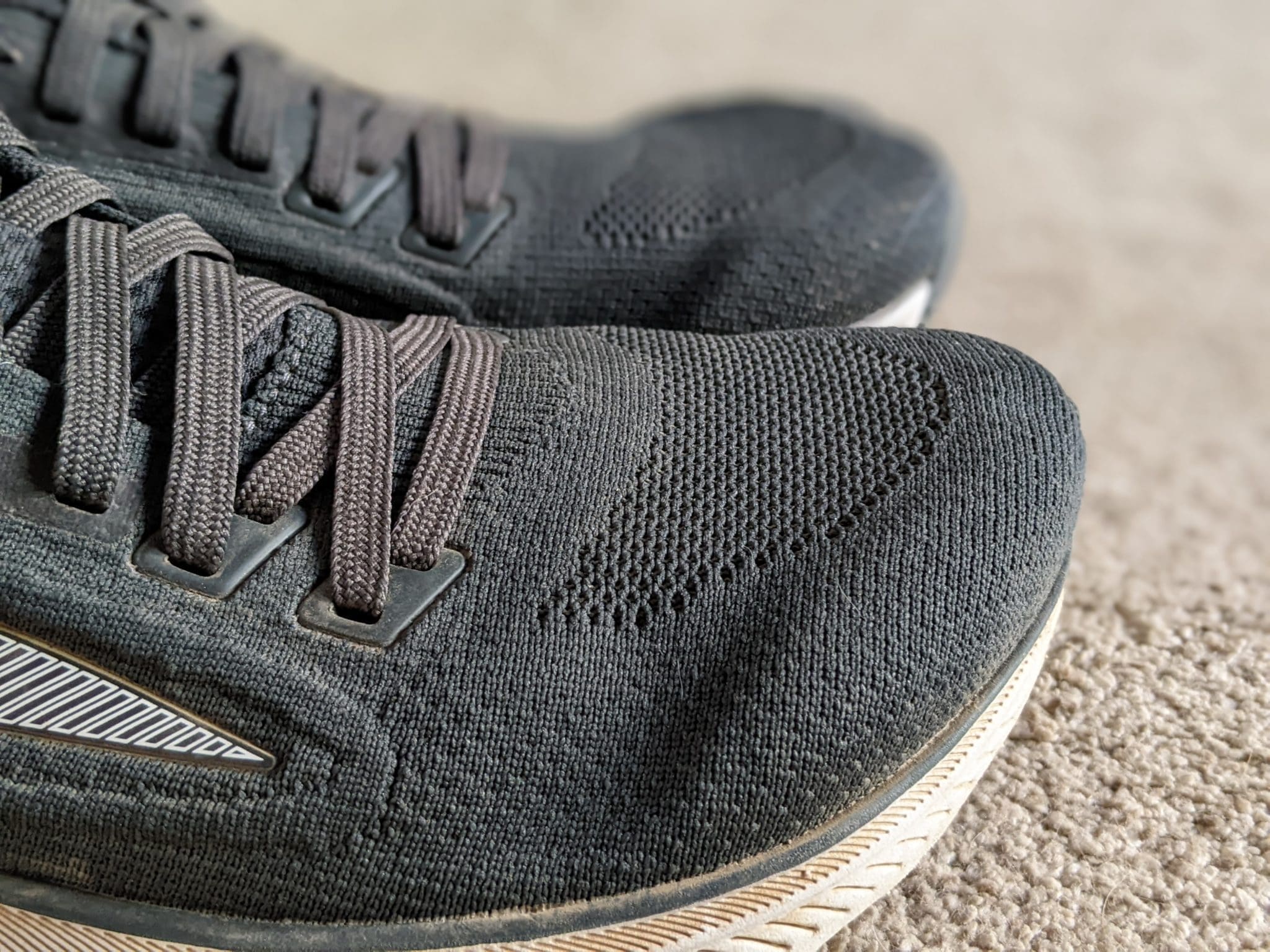
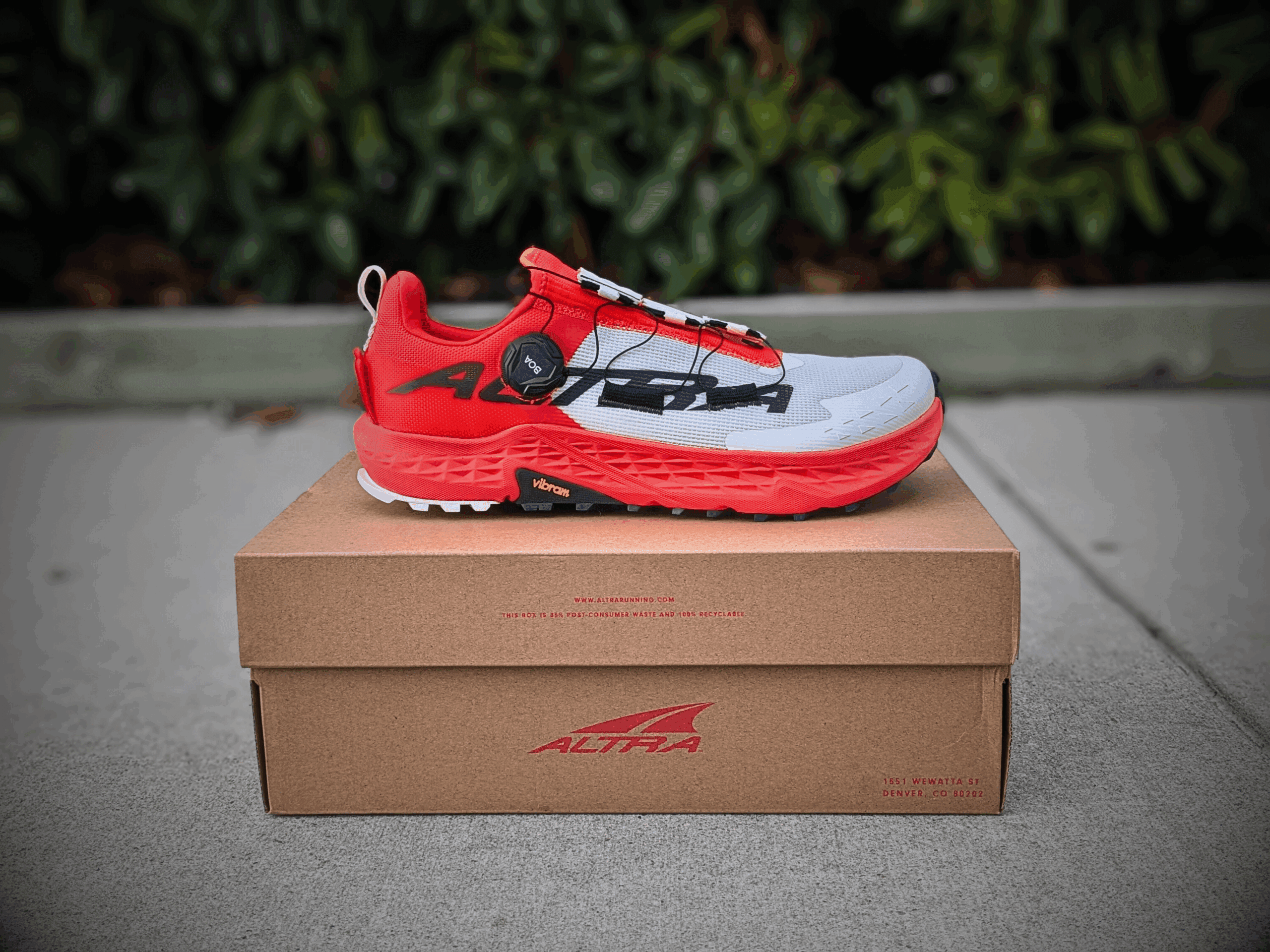
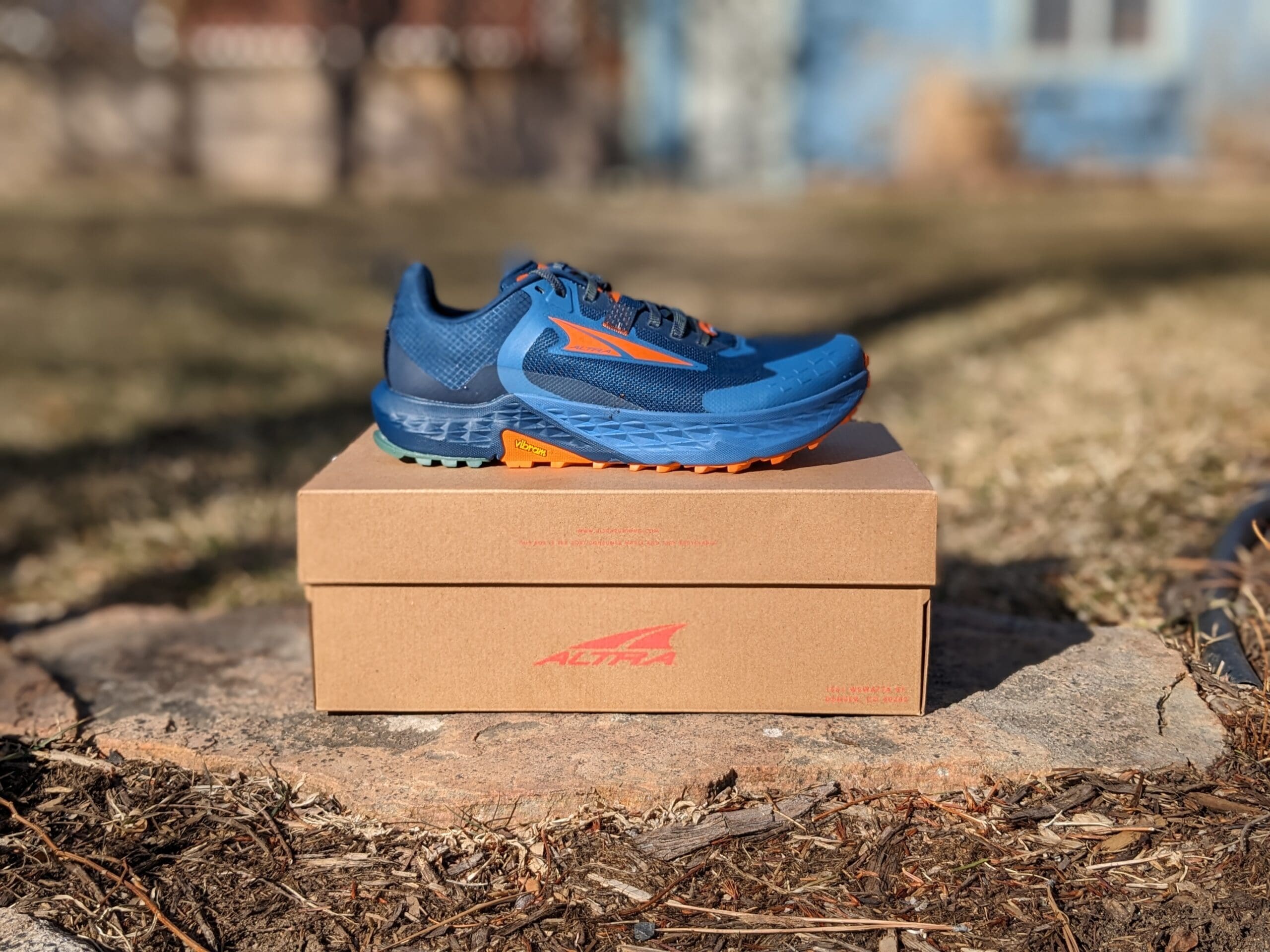

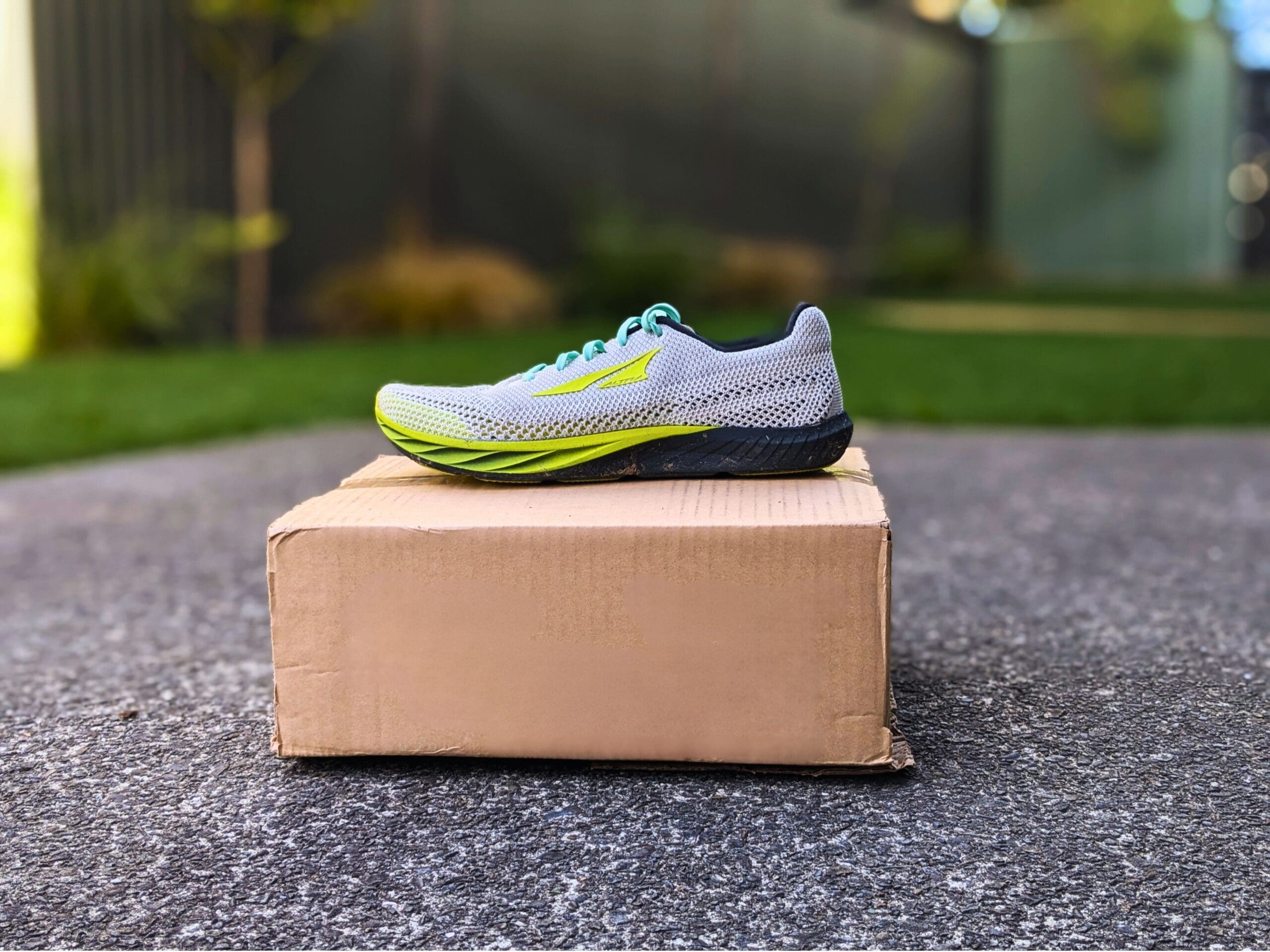


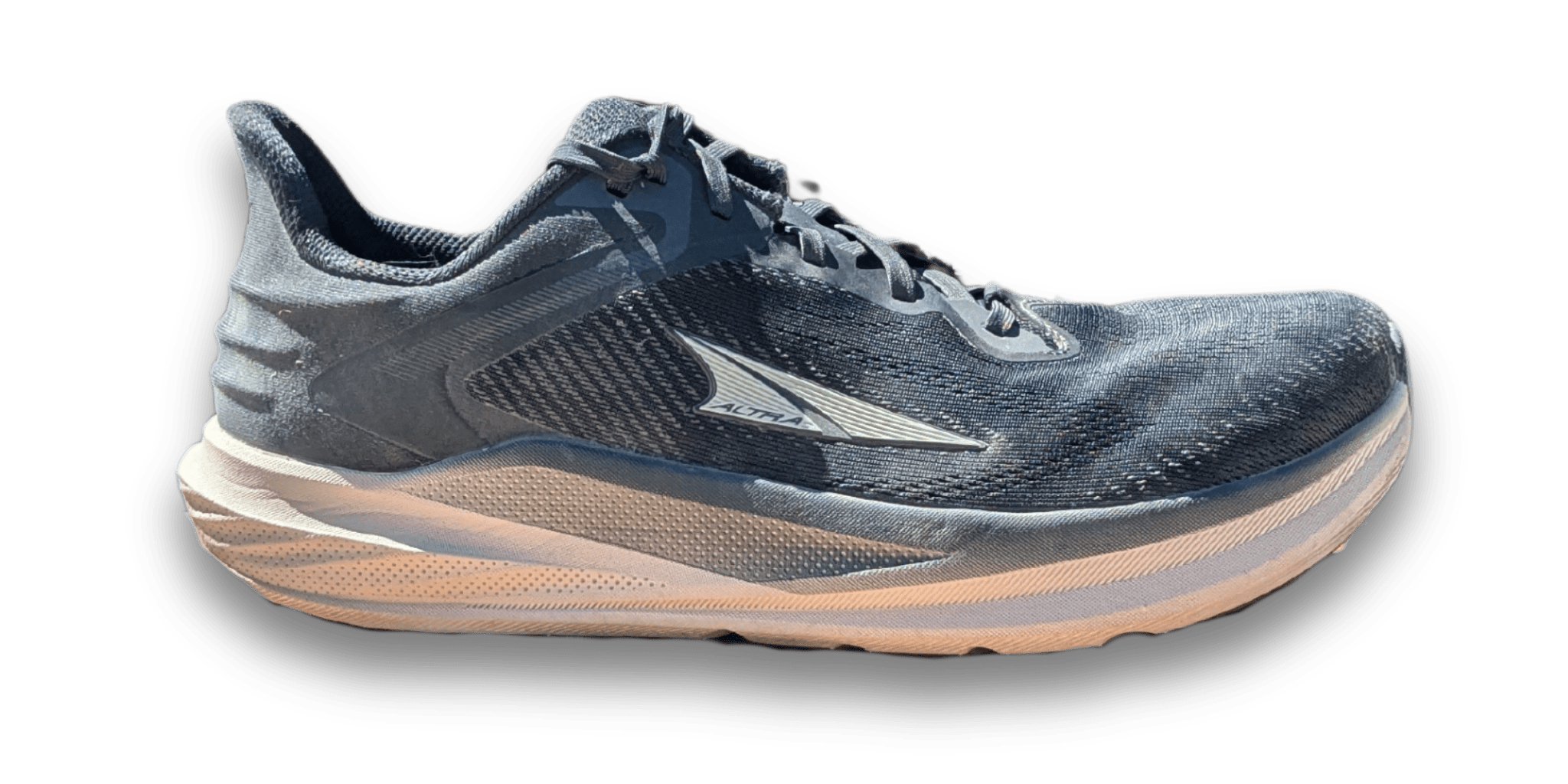
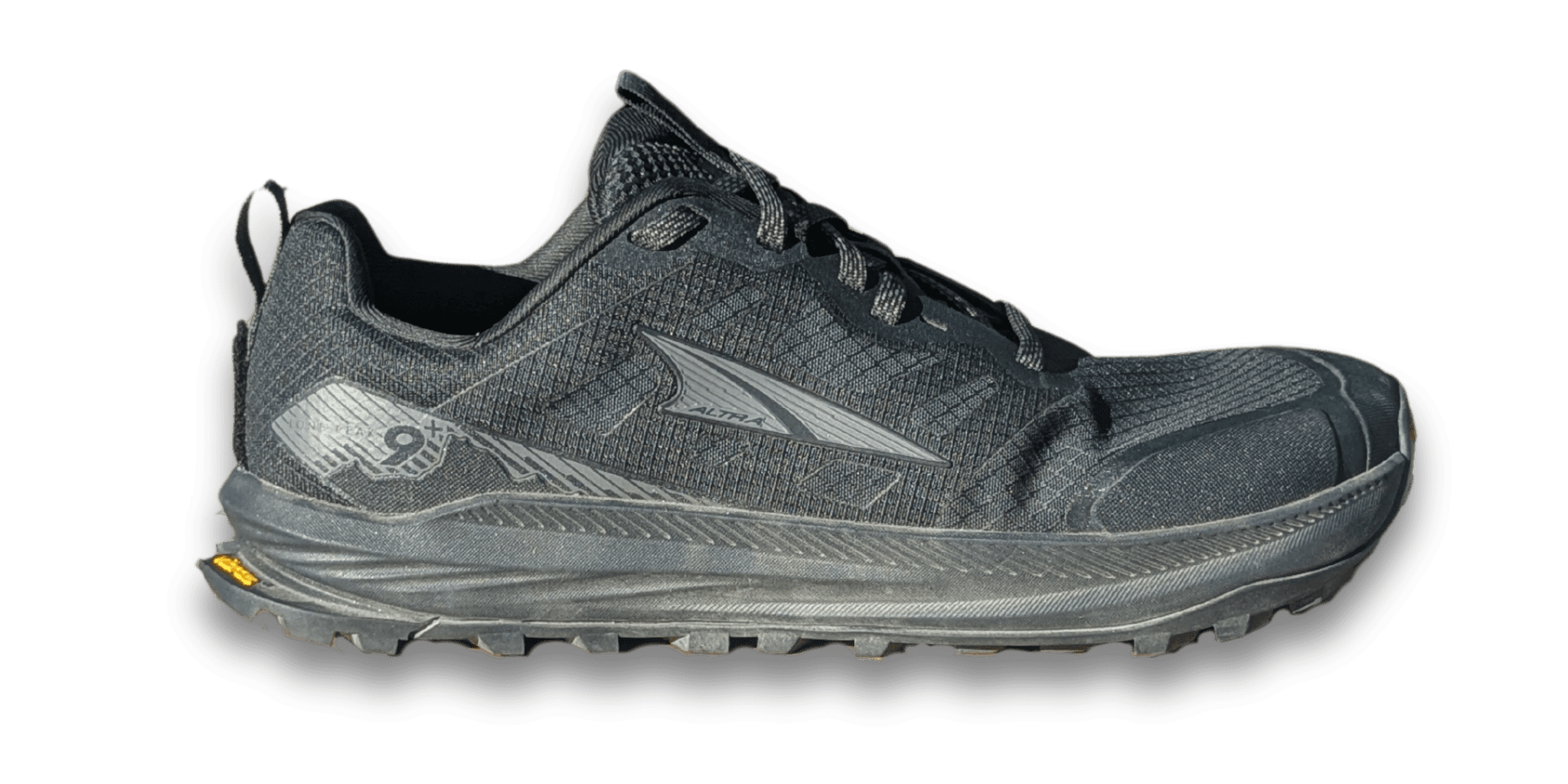



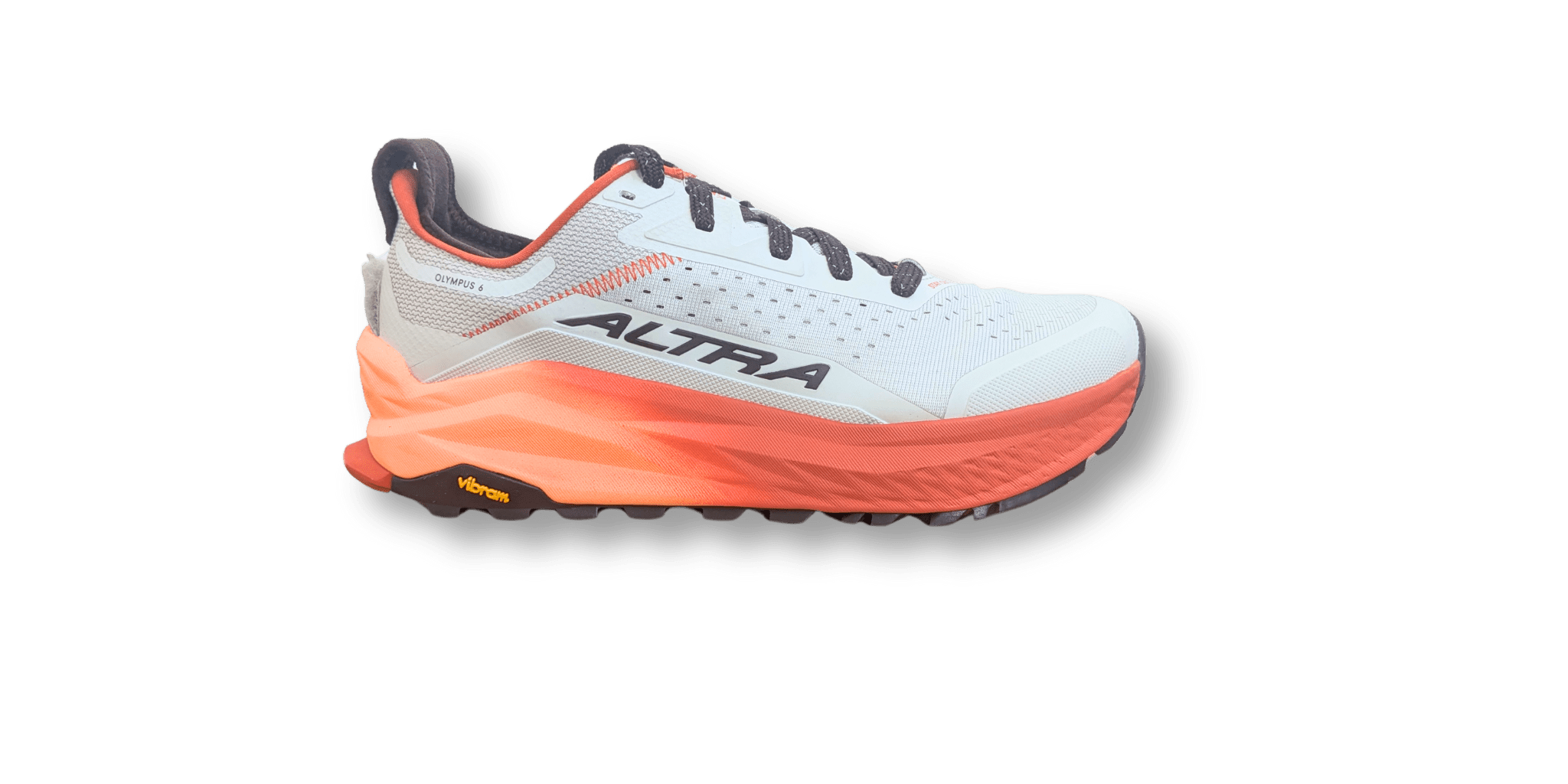
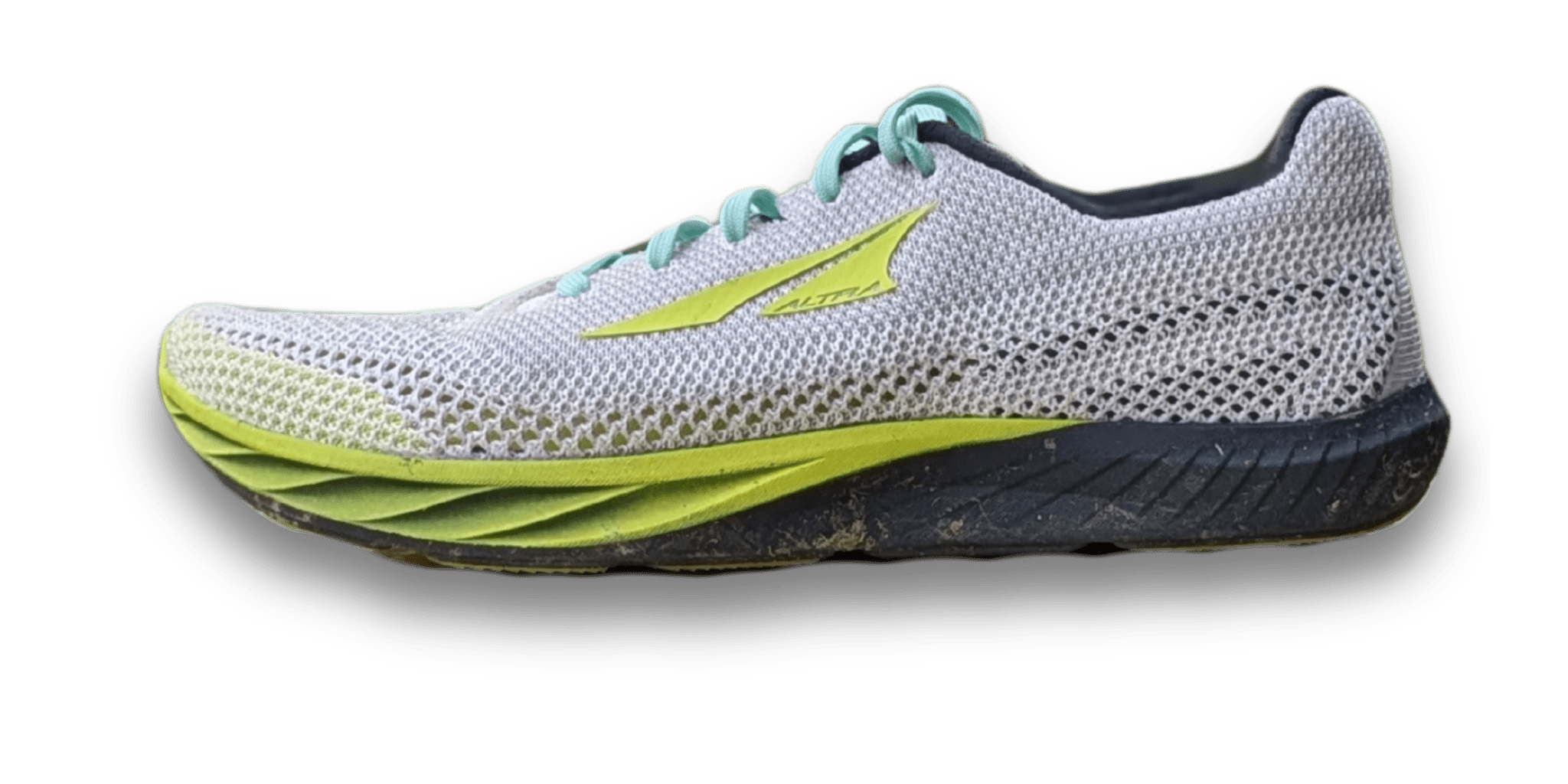
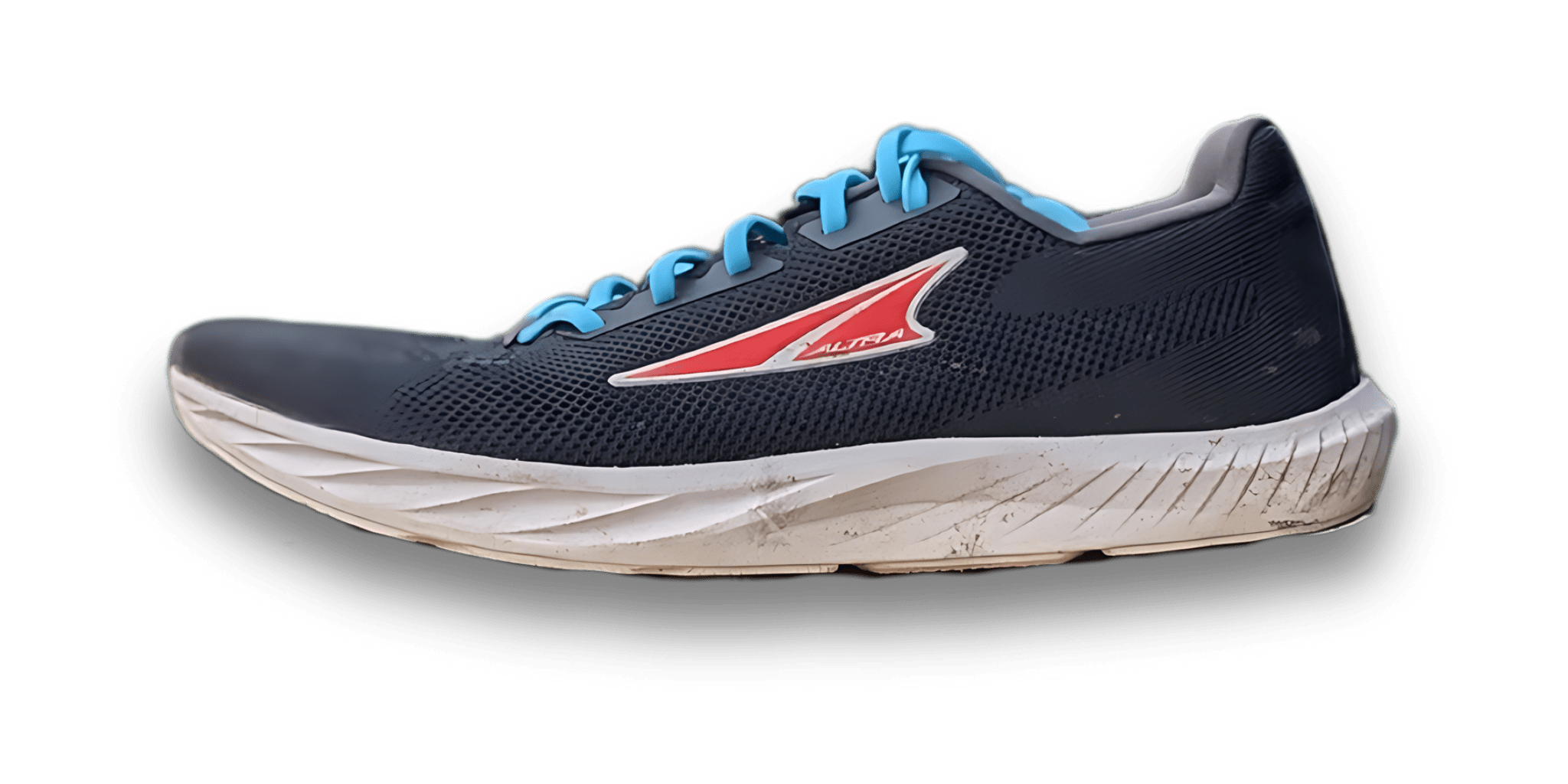
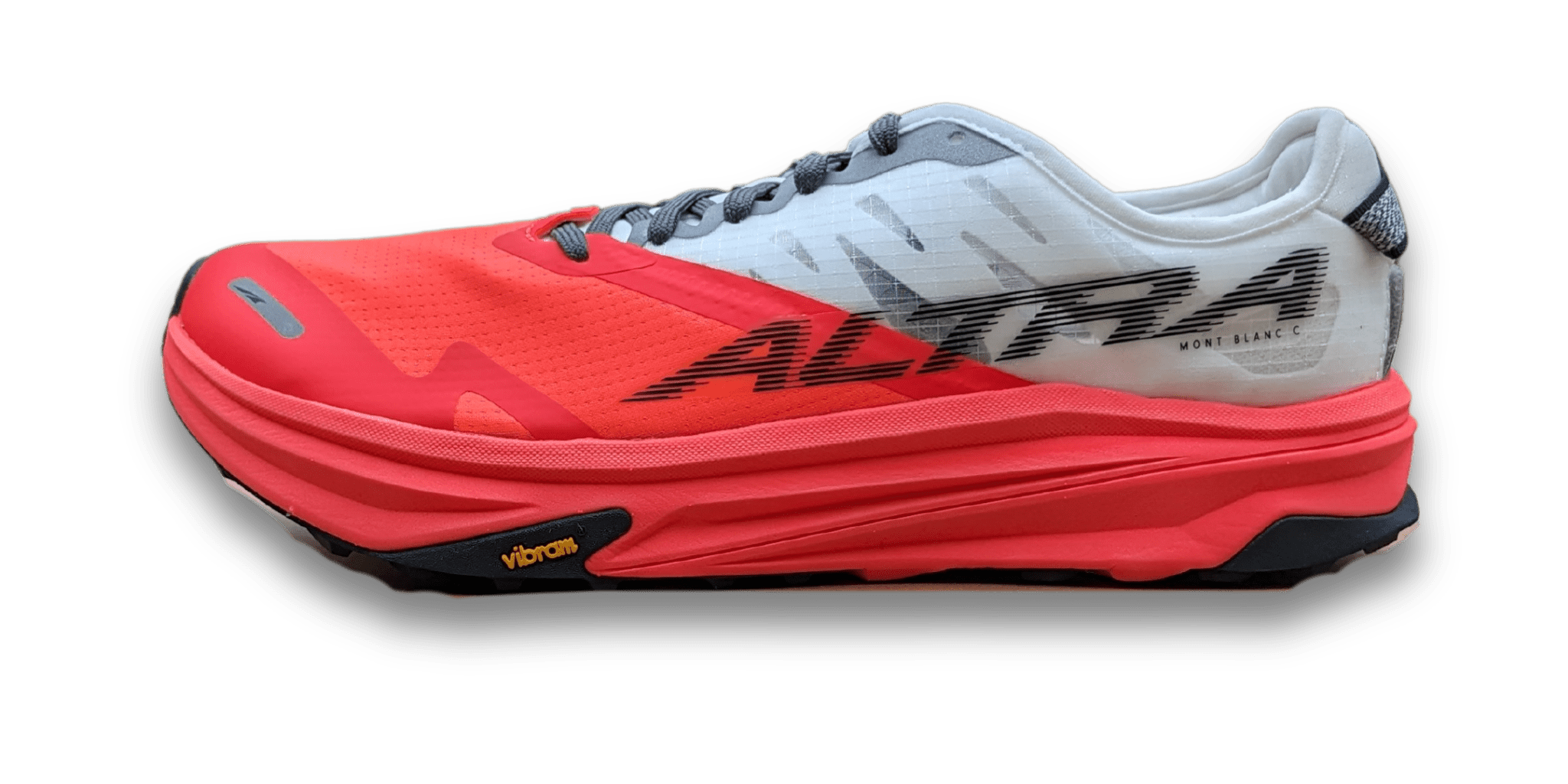

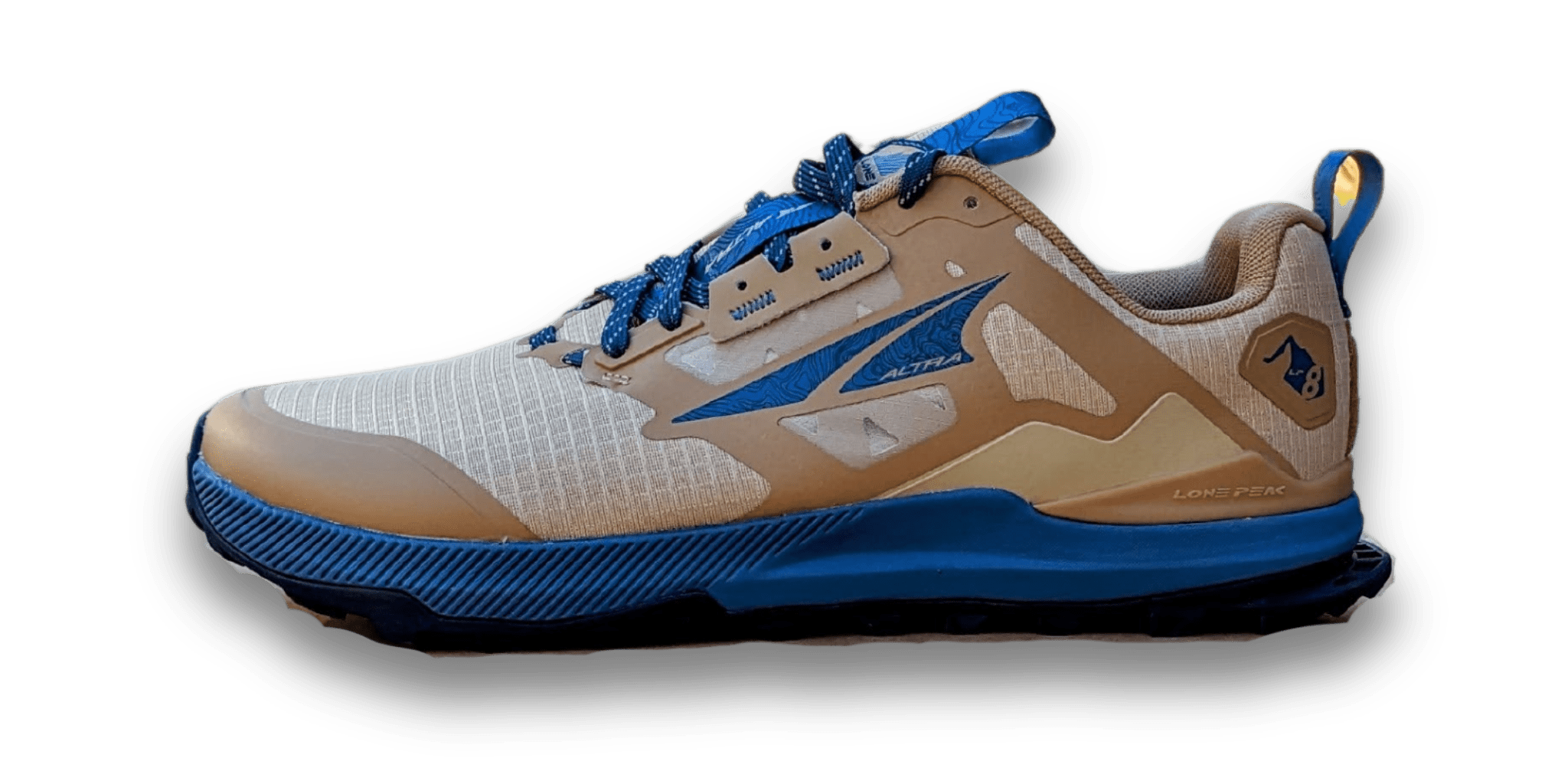
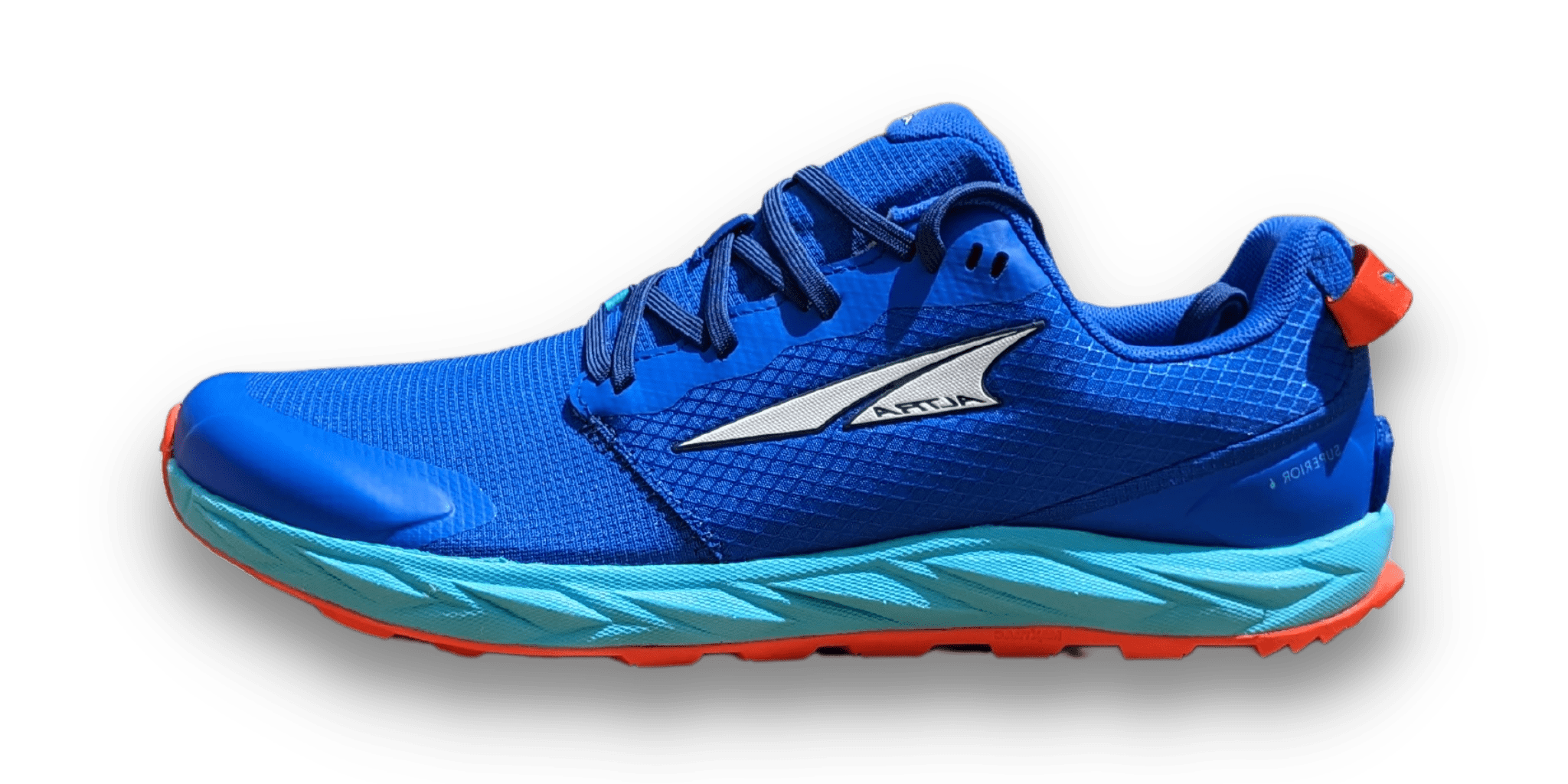
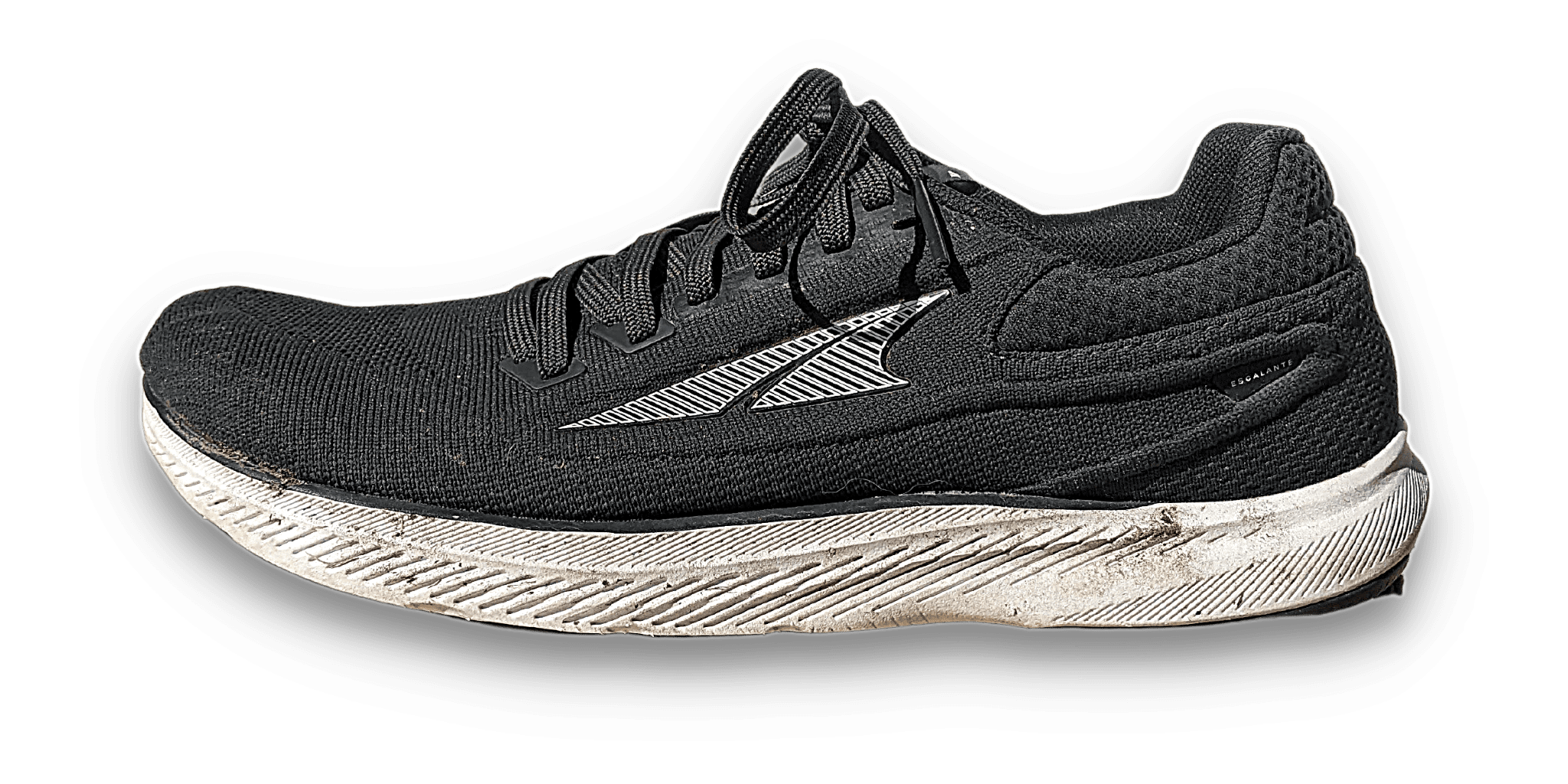
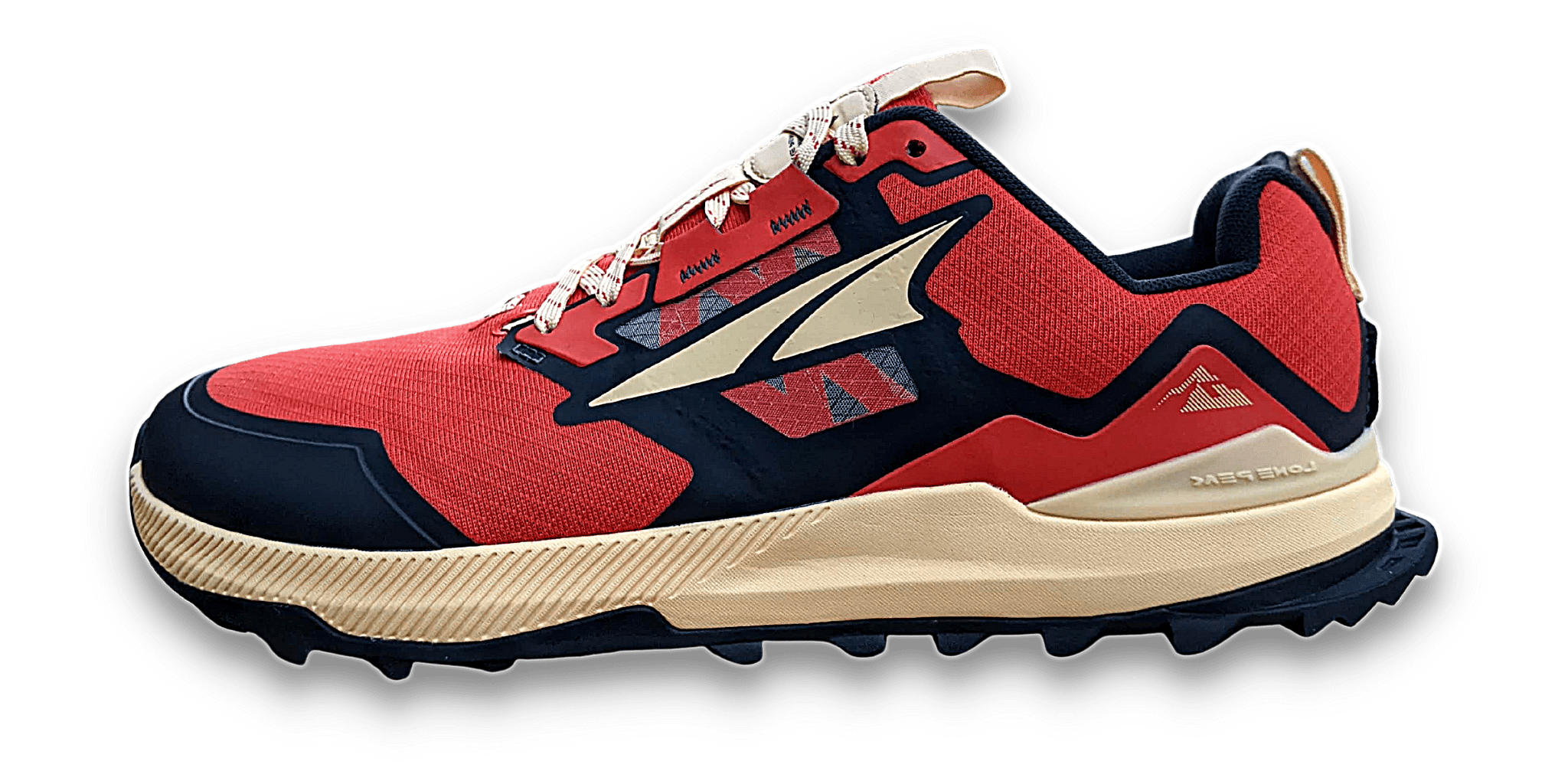




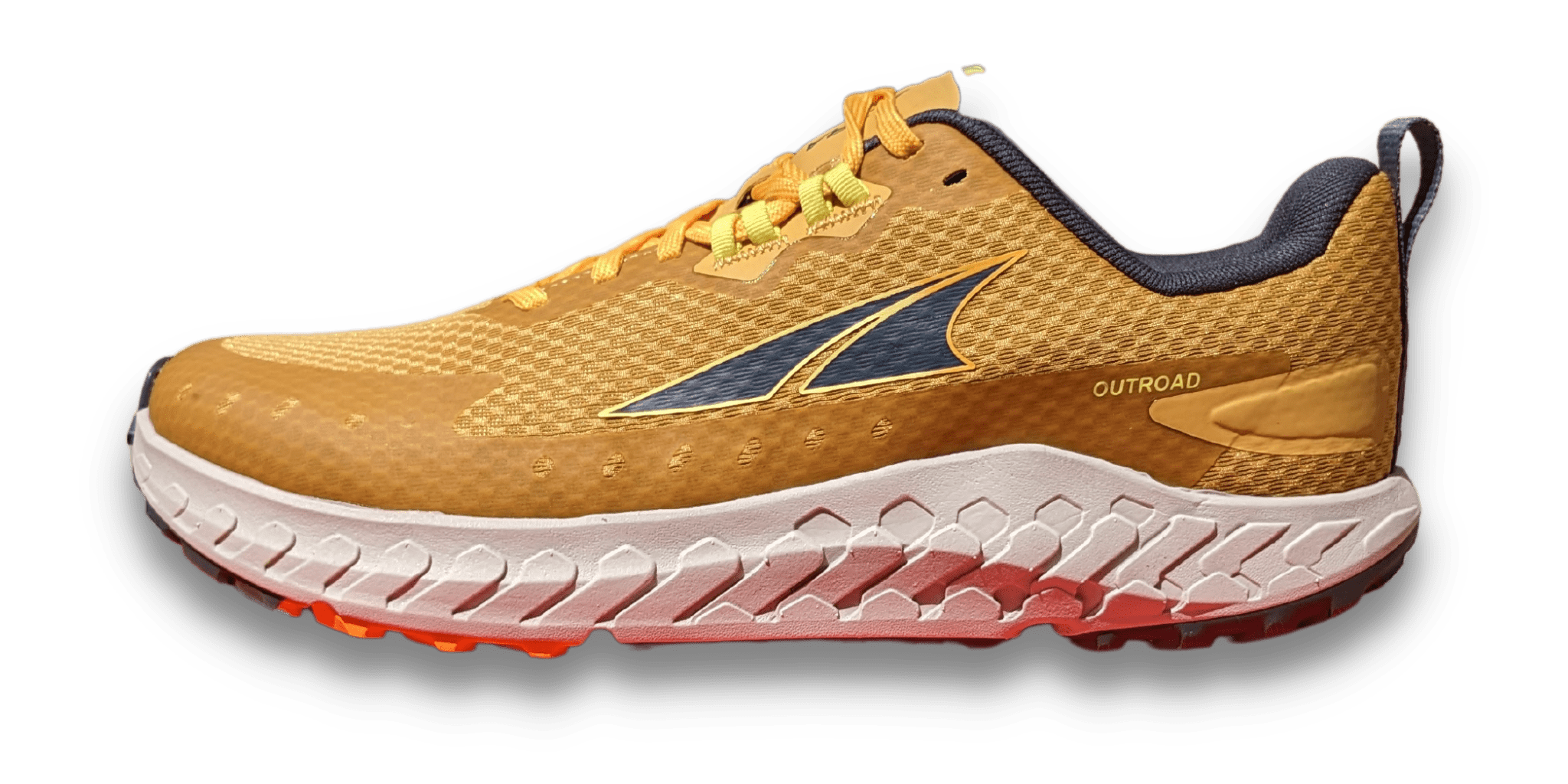
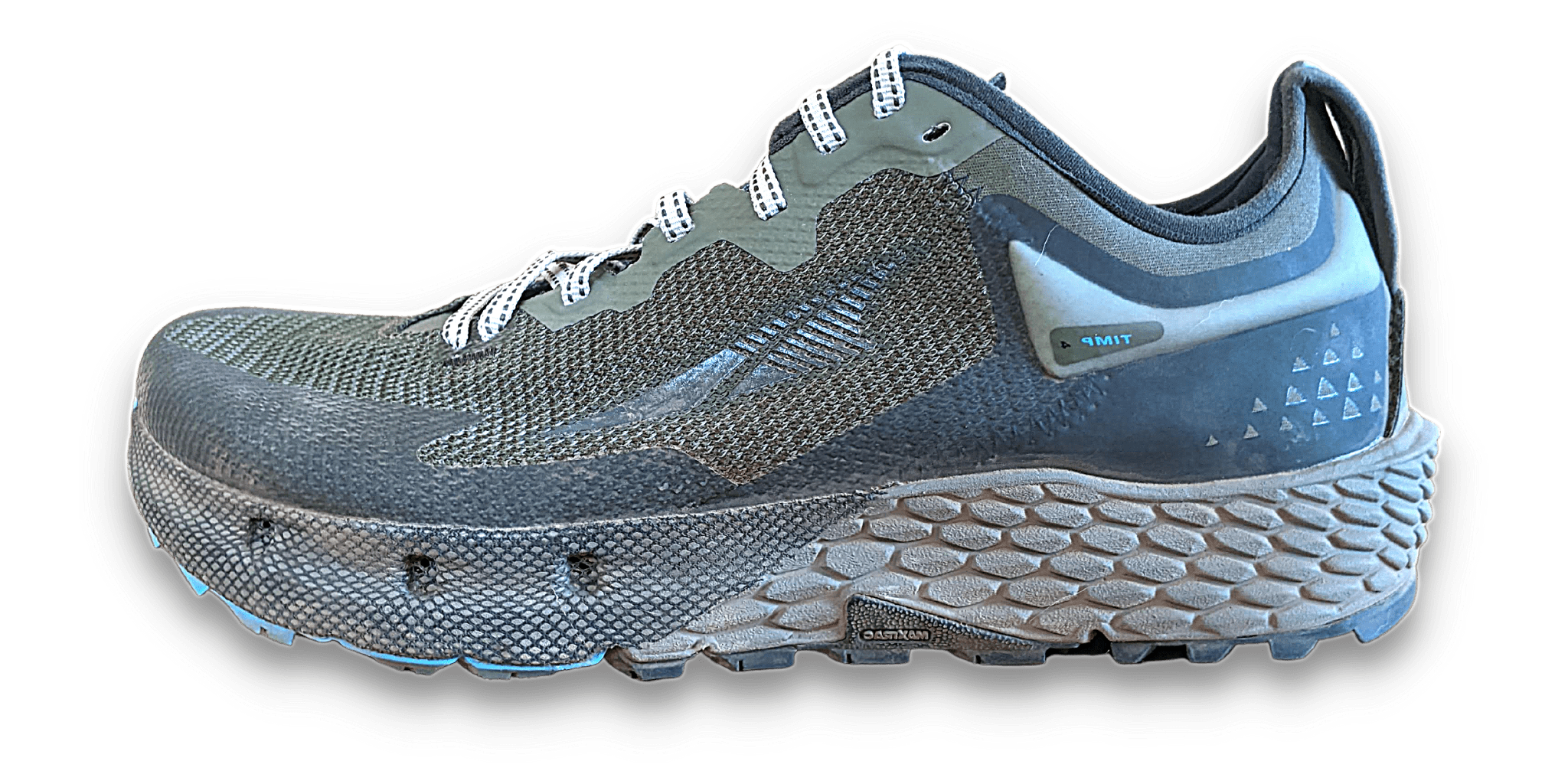
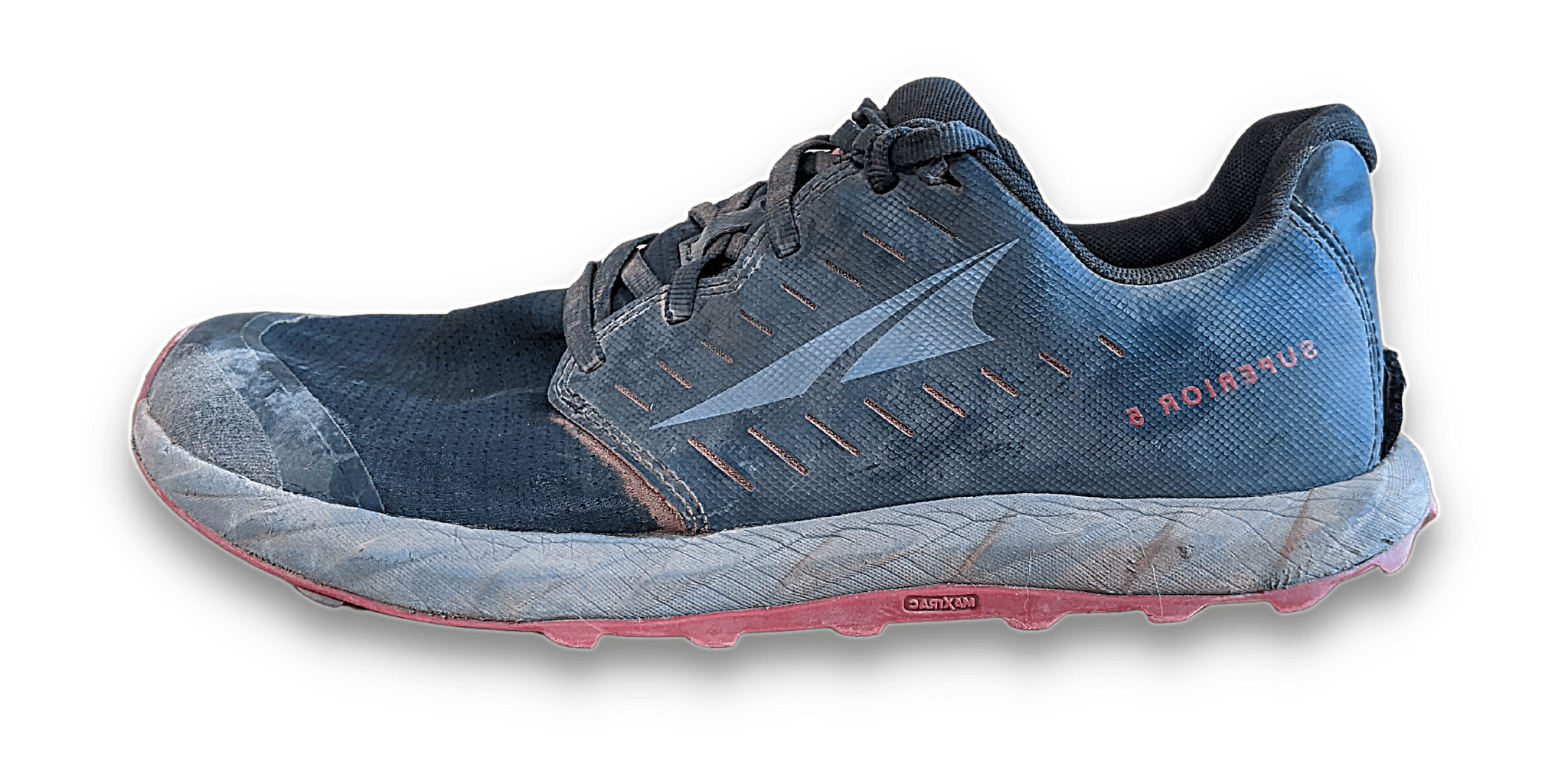



i used to like Hoka but the selection is limited on wide fit and seems like the fits and profiles change on the shoe models.
i was pretty irritated when i found Challengers that fit in the past but all the sudden because of slight changes to the profiles and sizes, that the fit couldn’t be replicated .
So, went to REI recently and the Altras actually have wide fit shoes and even come in half sizes.
It’s just not even close. And, The Altras are way better looking. i don’t miss Hoka’s goofy colors, which are straight out of Miami Vice.
Yeah, some of the Hoka models are unreal! I tried the speedgoat in the past, but there’s no chance I could fit in them now.
Good article. I appreciate both shoes for the exact reasons you mention, & alternate between brands. I favor the Altras for shorter, easier runs & completely agree with your “strength training” assessment. In fact, I believe they help keep my feet strong & alleviate the plantar fasciitis I used to experience. I enjoy the Hoka shock absorption for longer runs & the more accentuated “rocker” for up-tempo. At the end of the day, I find Altras more comfortable, but Hokas a little more performance-oriented.
That’s great. It sounds like you’ve found your rotation.
It’s funny. It’s almost the same as mind, but I use minimal/barefoot shoes for foot strength and Altra’s for performance! 🙂 Sadly can’t squeeze my feet in Hoka’s anymore.